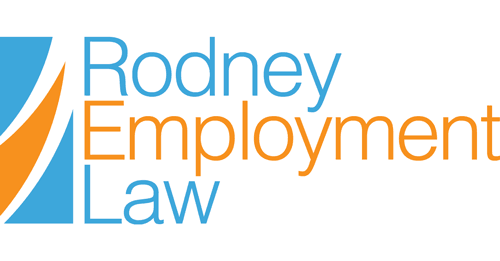What do you think about when you hear the term “sexual harassment”? Sexual harassment in employment is often believed to involve unwanted comments, contact or attention towards females by male perpetrators. Sexual harassment may be thought of in this way as a result of statistics that have shown there to be more reports of sexual harassment in the workplace by females (approximately 43%) than males (approximately 12%). This idea of sexual harassment is a big misconception. Liz Bernier shares in the September 7, 2015 edition of the Canadian HR Reporter that reports of sexual harassment against men have been increasing in recent years. Men have always been targets of sexual harassment in the workplace but have failed to report cases in fear of being ridiculed for their perceived lack of masculinity. This has been most prevalent in male dominated workplaces. Bernier reports that while females are typically harassed by males because of their sexuality, males are harassed more often by other males who are attempting to “police” gender norms.
The Human Rights Code states that sexual harassment is a course of comment or conduct based on an individual’s sex or gender that is known or ought reasonably to be known to be unwelcome. Gender-based harassment is a subset of sexual harassment. It refers to behaviour that polices and reinforces traditional heterosexual gender norms.
It is necessary to debunk preconceived notions of what comprises sexual harassment in the workplace and take all reports seriously. When an employee is sexually harassed, their dignity may be undermined, they may be unable to do their job to their full potential, and positive morale at work may become poisoned for others. Incidences of sexual harassment not only impact the targeted employee but also negatively impact the company as a whole. Employers are often held responsible for the actions of their employees even if they were unaware of the behaviour. Employers who do not take the necessary steps to properly deal with a report of sexual harassment against any individual in the workplace, or prevent it in the first place, could face serious consequences.
Costs of sexual harassment in the workplace:
- Low morale
- Decreased productivity
- Increased absenteeism and health care costs
- Legal risks and costs
- Limits a person’s ability to fully partake in society
- Potential physical and emotional effects (anxiety, depression, withdrawal from relationships, sleep problems, self-blame etc.)
- Targets may avoid social situations
- Targets may resort to alcohol/drug abuse or suicide to cope
Lessons Learned: How to prevent and deal with cases of sexual harassment
- Be aware of the Human Rights Code and all sexual harassment laws
- In March 2015, the Ontario government published an action plan to address sexual violence and harassment and has proposed changes to the Occupational Health and Safety Act (OHSA) to deal with workplace sexual harassment
- Have a sexual harassment policy in place along with specific procedures to deal with discrimination and harassment
- Treat all complaints seriously and respond to complaints quickly
- Communicate steps taken to deal with the issue to the individual who filed the complaint
- Provide resources for employees to deal with these types of incidents
- Provide a healthy and safe work environment
Contact us today to speak to an Employment Lawyer or HR expert to learn more about how you can properly avoid and approach cases of sexual harassment in the workplace.
